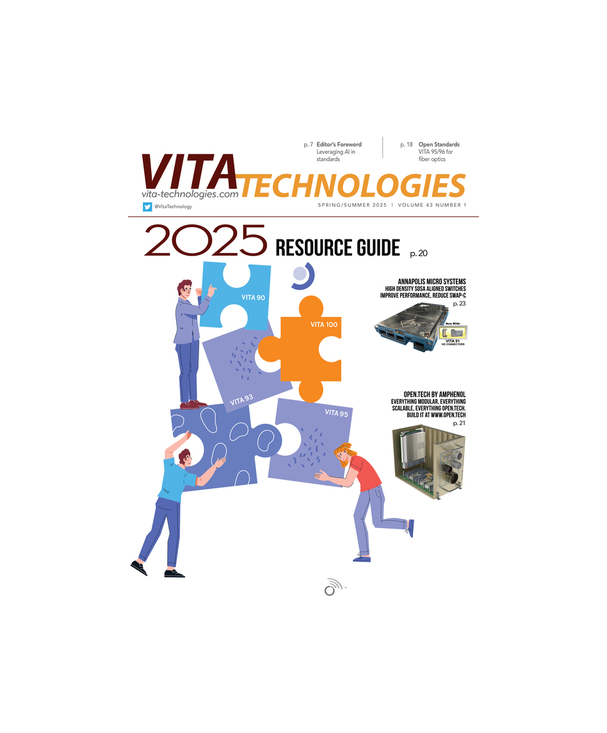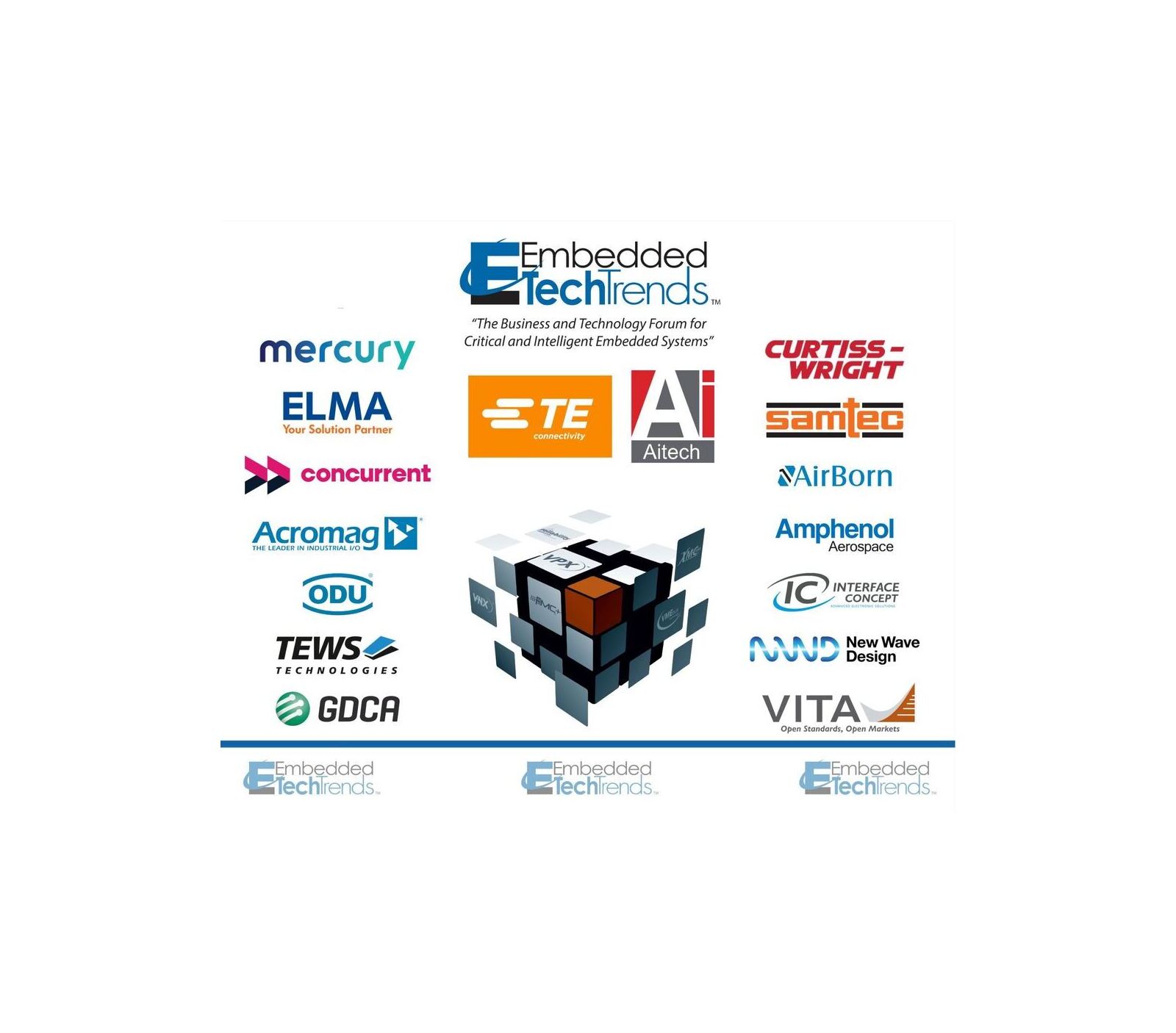I’ve been involved with VITA for almost two decades, and have watched as the open standards that were cooperatively developed by competitors, suppliers, and end users were adopted by an ever-increasing set of participants in the aerospace and defense market, as well as in other segments such as autonomous vehicles, industrial control, transportation, and space. As far back as the National Defense Authorization Act for FY2012, the U.S. Congress required that new programs be based on open architecture standards. The U.S. Department of Defense flowed that requirement out to its supply base. That only increased the proliferation of VITA standards. Today, open architecture initiatives such as MOSA [modular open systems approach], SOSA [Sensor Open System Architecture], FACE [Future Airborne Capability Environment], CMOSS [C4ISR/EW Modular Open Suite of Standards], and the like all rely on VITA-developed standards.
Having worked in aerospace and defense for over 35 years and the standards-development arena for almost 20 years, I am a firm believer in the time-tested methodology used by VITA to develop well-thought-out open standards that enable rapid development of advanced systems with all the associated benefits (short design time, rapid technology upgrades, reduced maintenance and logistics costs). If you look at the membership of many standards-development organizations, you tend to see participants that are extremely senior in their respective companies. This occurs primarily because developing forward-enabling standards requires a certain level of experience to proactively identify and avoid interoperability issues, a fact that less-experienced engineers might overlook.
As anyone who has ever worked with another person to define a product can attest, there are always disagreements as to specific approaches, and conflicts always arise. The art of open standards development lies in recognizing that competing opinions typically highlight valid issues. By taking the time to rationally discuss and cooperatively resolve each conflict, the end product is much stronger for the effort. The more time that members spend developing open standards, the more versed they become in the give and take of cooperative development techniques.
When I am asked what concerns me the most regarding the future of standards development, I quickly point to what I call the pending “grey tsunami.” Many active participants have been involved in standards organizations for five, 10, or even 20 years, with these experienced people now approaching their retirement years. Losing their combined knowledge and skills in the standards-development process without first passing them along to the next generation would be a great loss to the industry. Some companies – recognizing that their representatives to these standards organizations are closing in on retirement age – have begun sending junior engineers to standards meetings along with their current representatives in order to facilitate the knowledge-transfer process. They recognize that this is not a quick process: It can in fact take years to pick out a competent engineer and imbue them with the skills needed to step into the role of open standards developer.
I applaud those companies that recognize this need and are willing to invest the time and money to cultivate this next generation of standards development engineers. It is rewarding to observe that growth process in some of the more junior engineers at VITA. When I think back to meeting them when their companies sent them to their first VITA meeting and compare that snapshot to the present day, it is impressive how much their self-confidence and skills have increased. They truly have grown into the next generation of open standards developers whom I am confident can carry the organization and industry forward. It would be great to see every member company of standards organizations make similar commitments to ensure that we have ample numbers of prepared open standards developers for the future.

VITA Standards Organization • https://www.vita.com/








